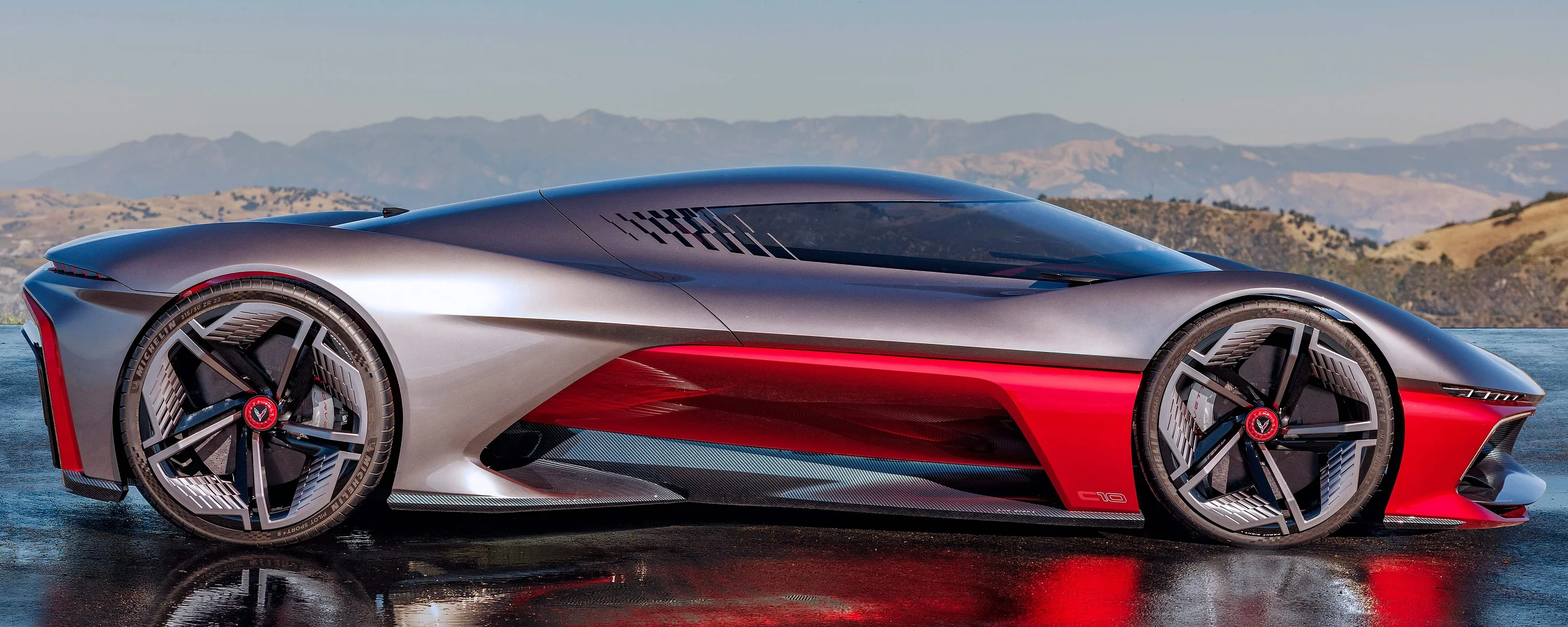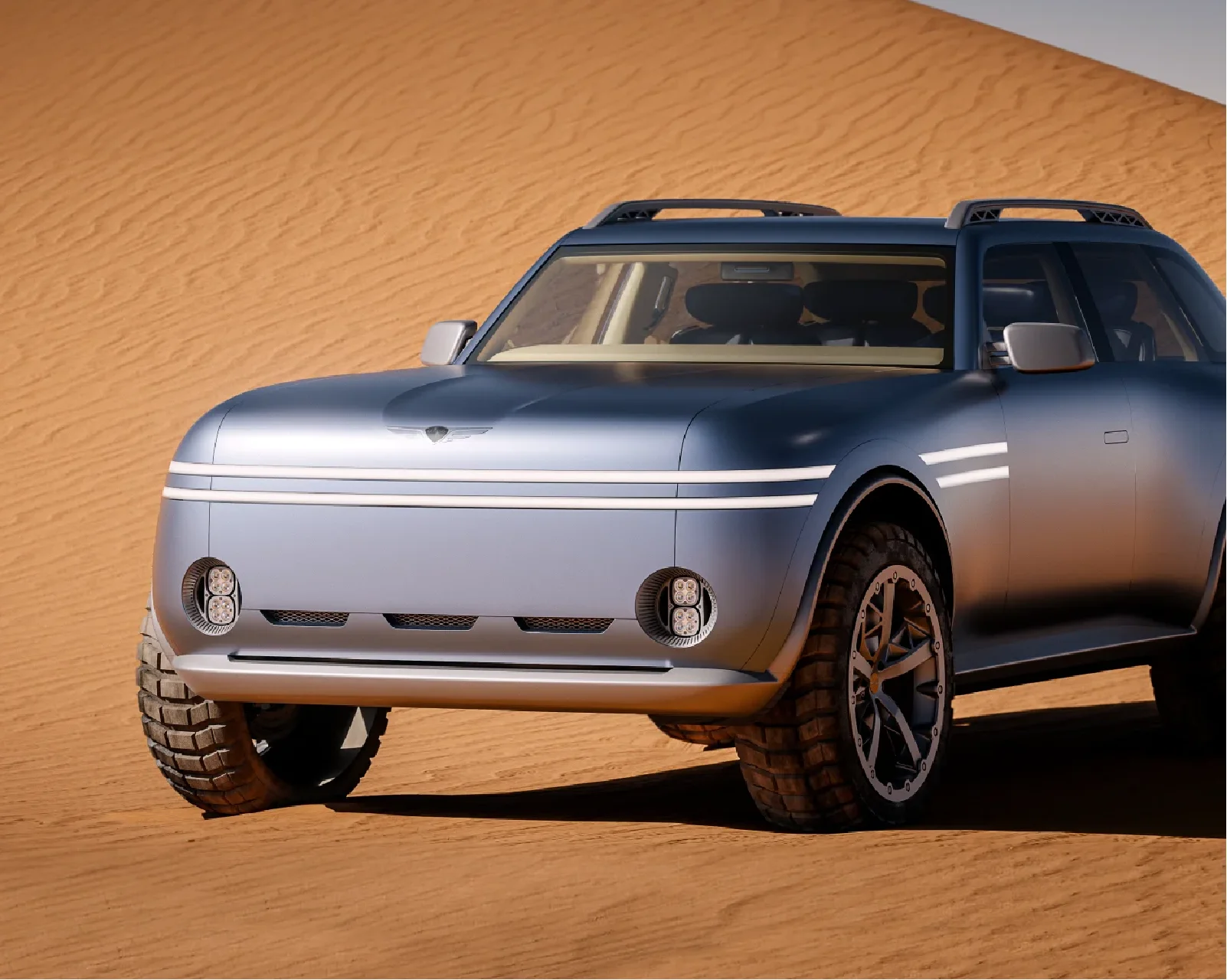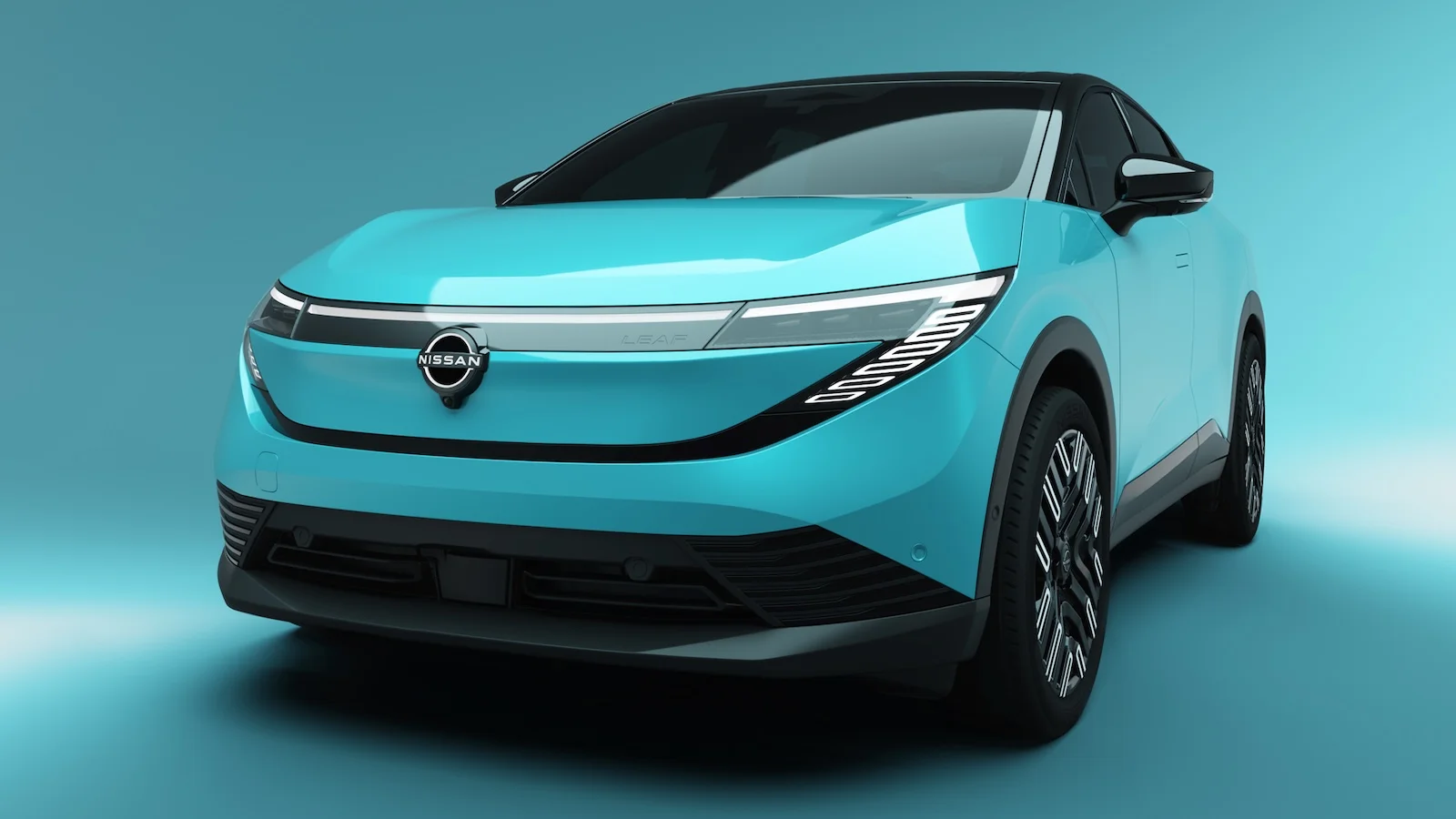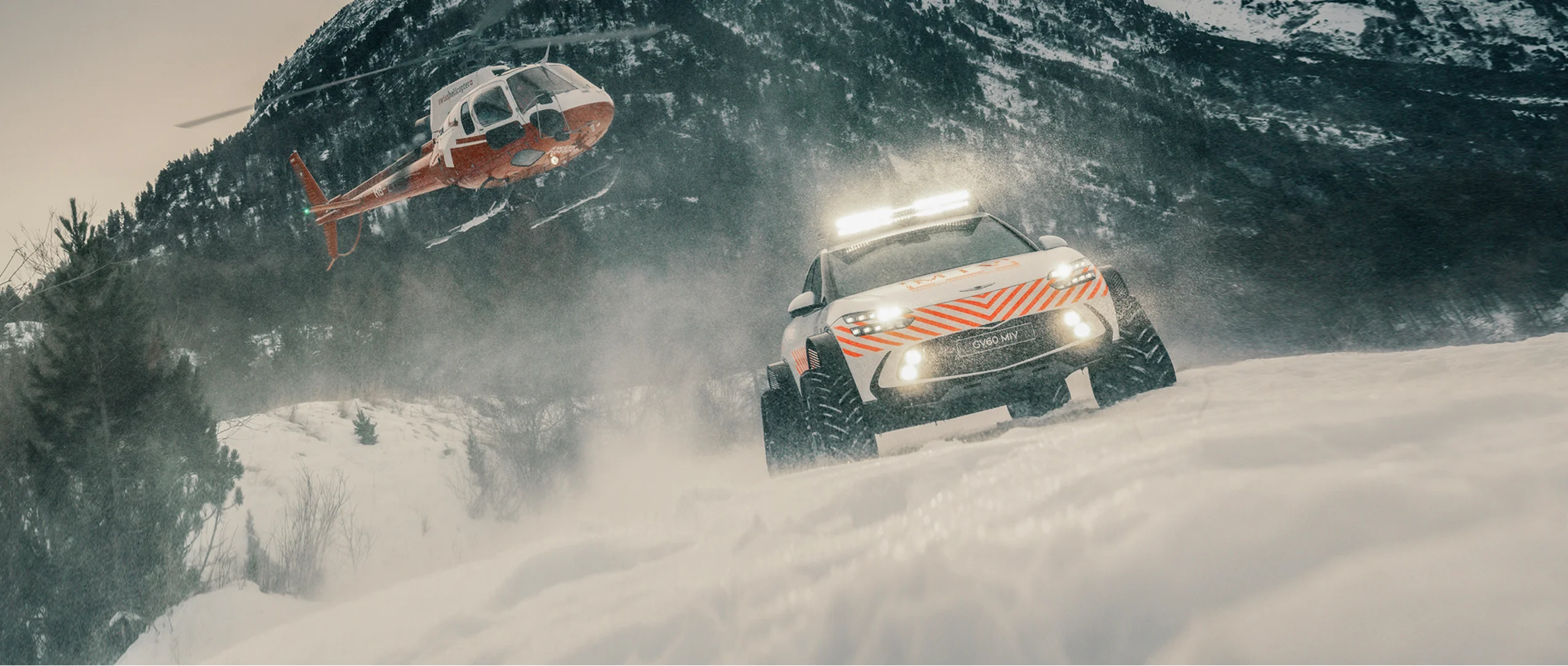After covering the UK GM Design Studio’s vision for the Corvette earlier this year, the spotlight now shifts to Pasadena, where GM’s Advanced Design team has unveiled the California Corvette Concept—the second chapter in a trilogy of Corvette-inspired design studies for 2025. The third and final concept remains under wraps for now, but if these first two are any indication, it promises to push boundaries even further.
From a car designer’s perspective, this study is a rare opportunity to work without constraints, to explore proportion, surface, and technology in a way that goes beyond production limitations. The California Corvette Concept is an experiment in emotion and performance, filtered through the lens of Southern California car culture. It’s futuristic, bold, and unapologetically dramatic, drawing from Corvette heritage while reimagining what America’s most iconic sports car could become.
The proportions tell the story first: an ultra-wide stance, aggressively staggered wheels—21 inches at the front and 22 at the rear—and a cockpit so tight it looks like it has been carved from a single line of speed. The long dash-to-axle ratio remains a Corvette hallmark, but here it’s exaggerated and combined with a condensed body to achieve the feel of a Le Mans prototype. Then comes the signature gesture of this concept: the single-piece forward-hinged canopy. More than just a theatrical flourish, it signals intent. This is not a car for casual Sunday drives; it’s a lightweight, open-air track weapon with an architecture that challenges the notion of what a Corvette interior should be.
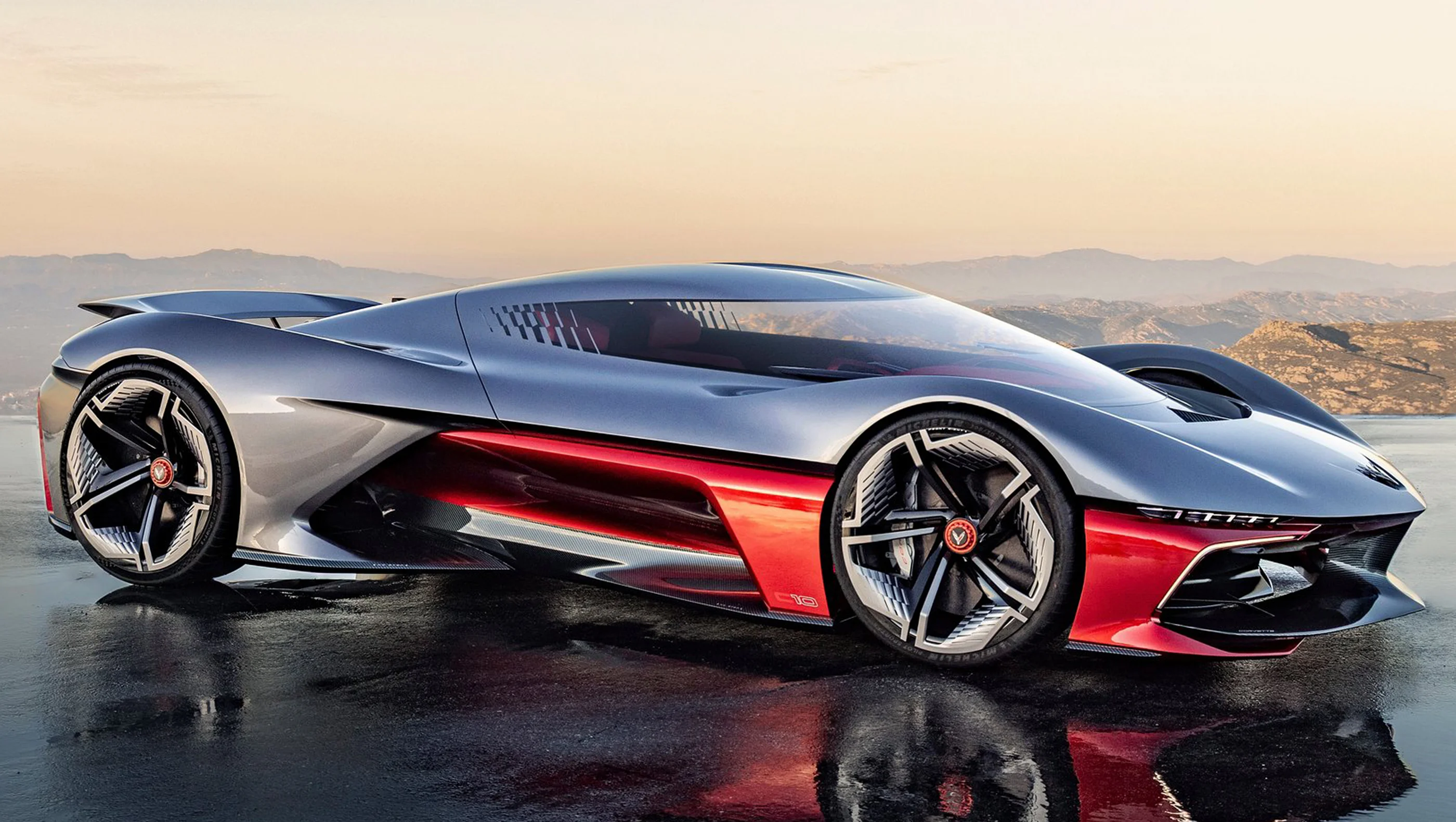
Inside, minimalism takes over. Every surface is structural, every element functional. There’s no room for decorative excess. Instead, the cockpit focuses entirely on the driver. Displays are distilled to only what matters most, presented through an augmented-reality head-up system that enhances awareness without distraction. It’s immersive yet precise—a design that favors focus over flair.
Technical assumptions give the form its integrity. The concept rides on a carbon-fiber tub with a tunneled underbody to optimize airflow. Active aerodynamic devices, including an integrated rear spoiler and air brake, blend seamlessly into the body instead of sitting like add-ons. A T-shaped battery pack layout keeps the center of gravity impossibly low, enabling both stability and dramatic surfacing around airflow channels. Every millimeter is shaped by aerodynamic necessity, every curve informed by speed.
What makes this concept significant is how it translates design freedom into something that still feels authentically Corvette. Where the UK concept earlier this year leaned into sophistication and European elegance, the California interpretation is louder, more expressive, and infused with the spirit of SoCal performance culture. It’s surfacing as sculpture, movement frozen in carbon and glass.
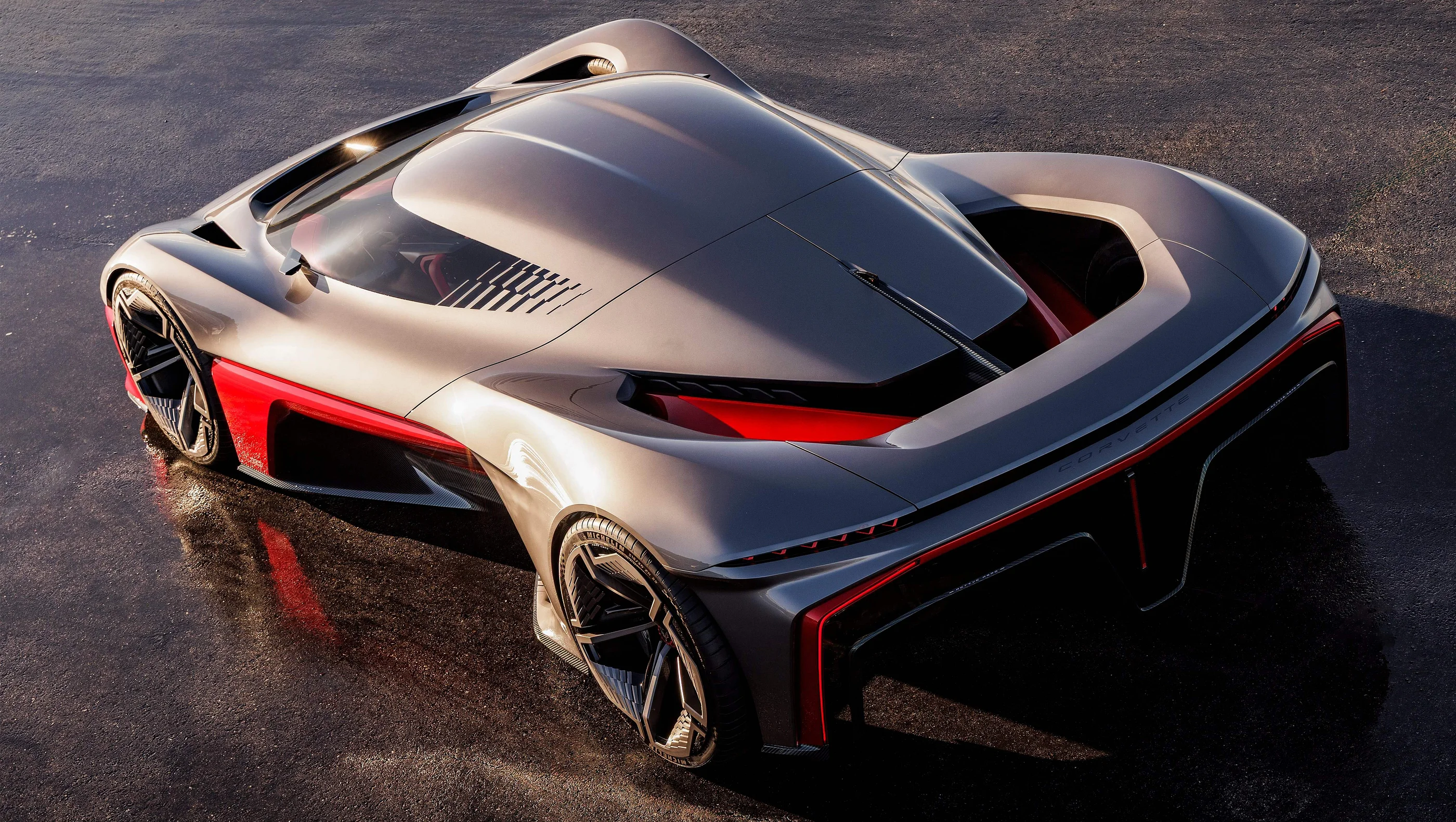
This isn’t about production feasibility, and that’s the beauty of it. These design exercises are statements—opportunities to experiment with ideas that may eventually influence future road cars in subtle ways. They allow design teams to think beyond today’s engineering realities and explore tomorrow’s possibilities.
Now, with two visions revealed, anticipation builds for the third and final concept in GM’s global Corvette trilogy. If the first was elegant and the second is extreme, the last chapter could be the ultimate bridge between Corvette heritage and an electrified, high-performance future. Whatever form it takes, one thing is certain: it will challenge everything we know about America’s sports car.
Slug: california-corvette-concept-design-study
Description: The California Corvette Concept reimagines America’s iconic sports car with a bold SoCal influence, blending hypercar proportions, an advanced carbon structure, and a dramatic canopy design as GM’s latest creative design statement.
